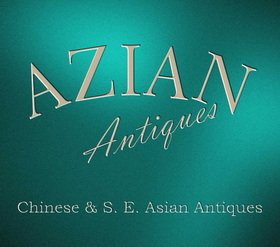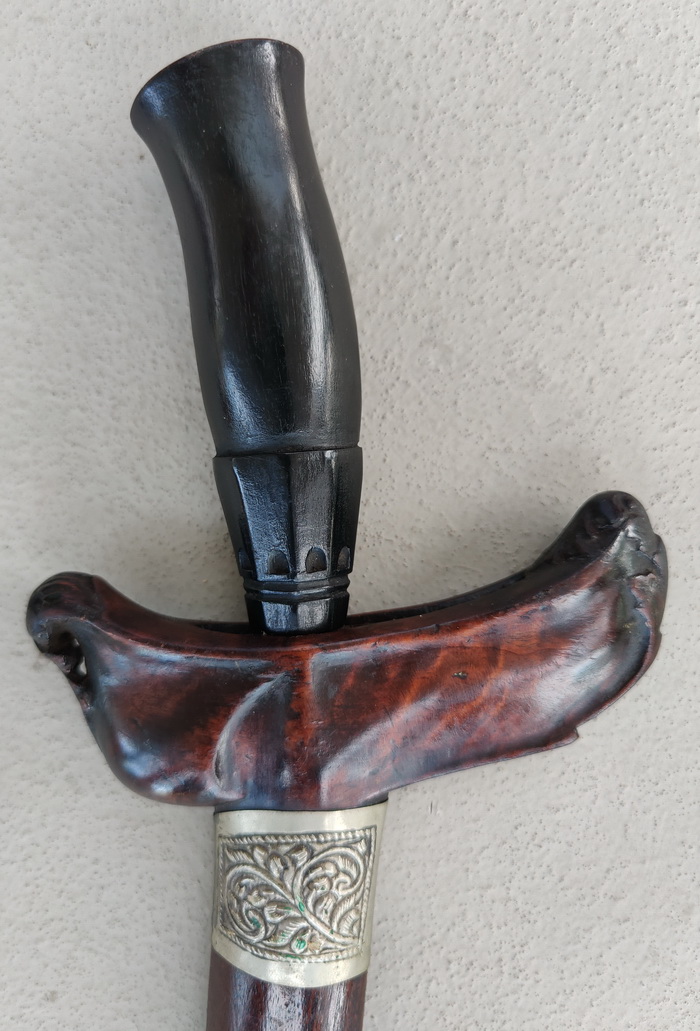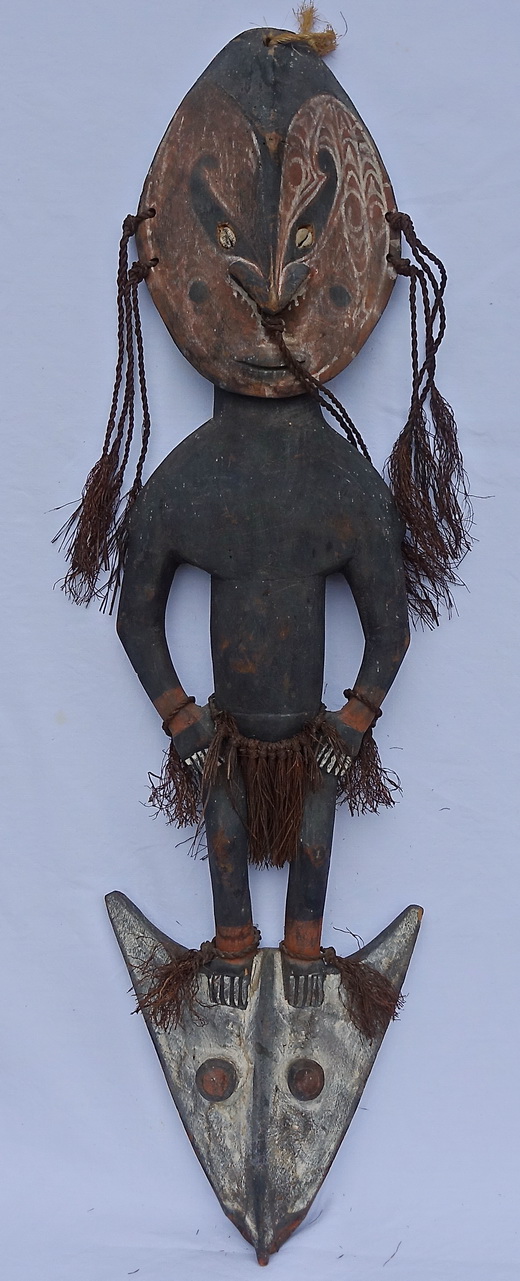Malay Executioners Sword Keris Panjang
Malay Executioners Sword Keris Panjang
AGE: Likely 19th Century
LENGTH: 67cm
BLADE LENGTH: 54cm
WEIGHT: 350gms
#32 PRICE: CONTACT
Malay Executioners Sword Keris Panjang (penyalang keris) from the Malay Peninsula has a long wooden scabbard of fine-grained, honey-coloured wood with a darker-coloured grip. Bands of silver with a floral repousse decoration decorate the top middle and bottom of the scabbard.
Similar to this blade on those used in executions at the Metropolitan Museum it is thin, long, straight and double-edged with a smooth blade made from Damascus steel extending into a sharp point.
A long keris such as this is commonly referred to as a ‘executioners’ keris. They functioned as status symbols and as a form of regalia for local rulers and sultans. Gerald Brousseau Gardner (2009r, p. 27), describes the method in which execution was carried out. The usual Malay execution was to make the victim squat, the executioner then drove a blade such as in this example here down through the upper shoulder near the collar bone, towards the heart.
The driving in of the blade would occur either quickly or slowly according to the sentence. The kris was driven through cotton wool or similar so that the blood would be soaked up because only the ruler was allowed to be the cause of blood being physically shed and spilt.
The example here is in fine condition. There is an old, light crack to the base of the hilt. It is closed and stable.












